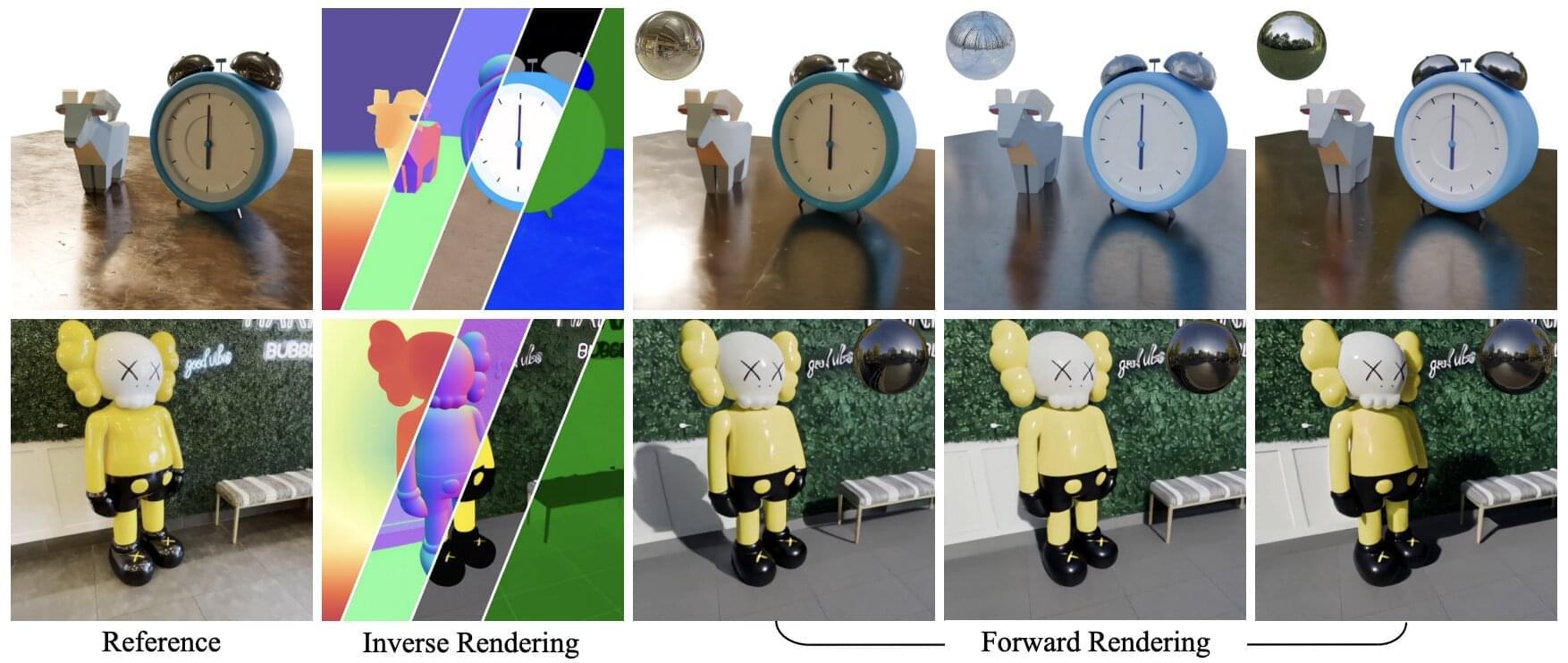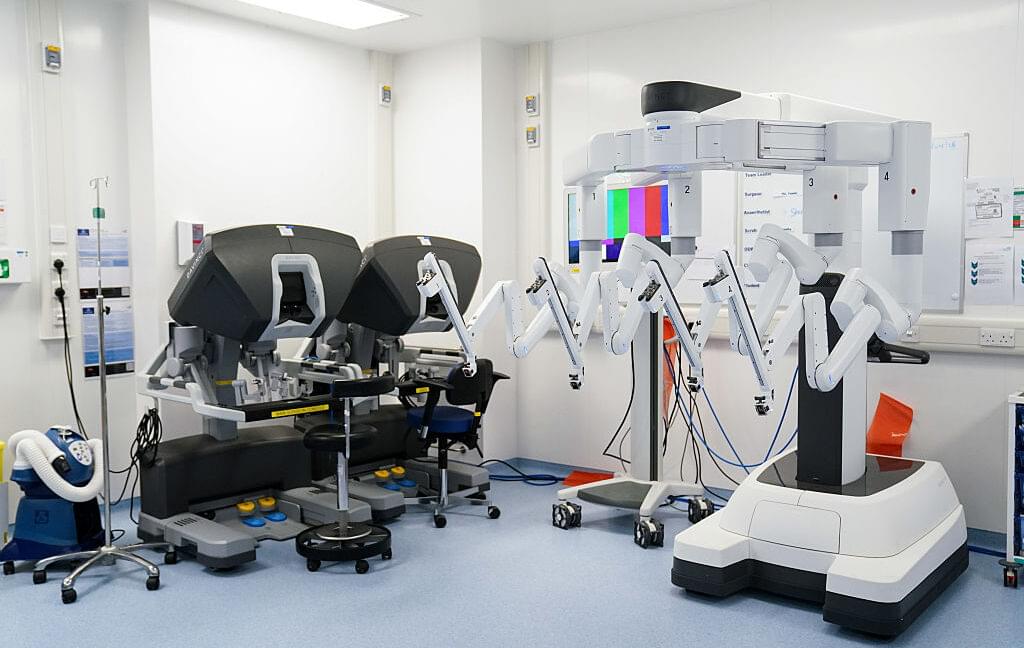Over the past years, computer scientists have introduced increasingly sophisticated generative AI models that can produce personalized content following specific inputs or instructions. While image generation models are now widely used, many of them are unpredictable and precisely controlling the images they create remains a challenge.
In a recent paper presented at this year’s Conference on Computer Vision and Pattern Recognition (CVPR 2025), held in Nashville, June 11–15, researchers at NVIDIA introduced DiffusionRenderer, a new machine learning approach that could advance the generation and editing of images, allowing users to precisely adjust specific image attributes.
“Generative AI has made huge strides in visual creation, but it introduces an entirely new creative workflow that differs from classic graphics and still struggles with controllability,” Sanja Fidler, VP of AI Research at NVIDIA and head of the Spatial Intelligence lab, told Tech Xplore.








